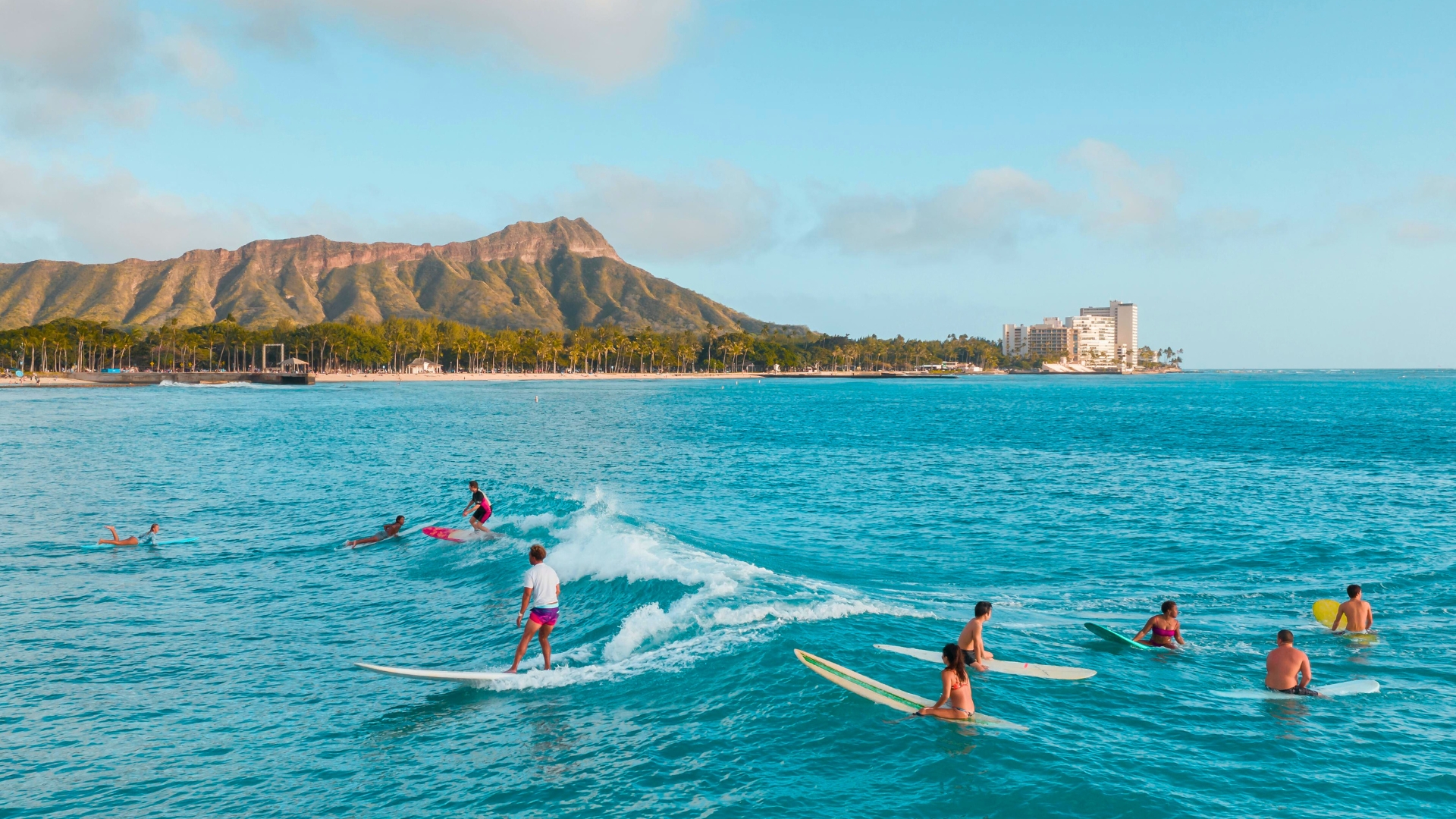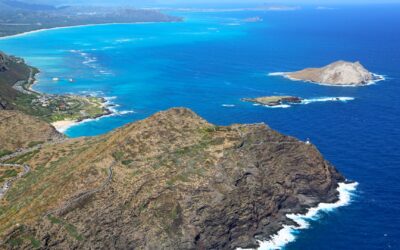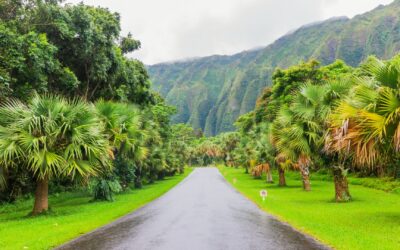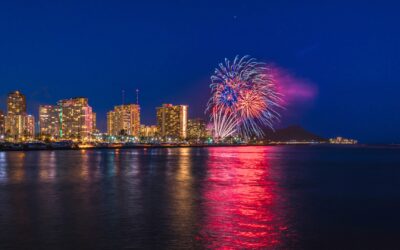Thanks to its easy 500-foot elevation and two-mile out-and-back route on a paved trail, the Makapuu Lighthouse Trail is the perfect hike for...
Known as “The Gathering Place,” Oahu truly lives up to its name! The third-largest Hawaiian island, Oahu, boasts stunning landscapes that range from lush rainforests to volcanic craters. It is home to the majority of Hawaii’s diverse population, reflecting a blend of cultures deeply rooted in the values and traditions of the Native Hawaiian people. The captivating contrast between the ancient and the modern makes exploring Oahu an enriching experience. From vibrant urban life in Honolulu to laid-back surfing towns, you’ll find a diverse range of experiences that cater to every traveler’s preferences.
It’s not only a destination; it’s an exciting journey waiting to unfold. Embark on a voyage through Oahu’s natural wonders, immerse yourself in its rich cultural heritage, savor delectable cuisine inspired by a melting pot of influences, and partake in thrilling adventures to create memories to last a lifetime. Here’s your ultimate Oahu travel guide to assist you in planning your trip to this enchanting island paradise.
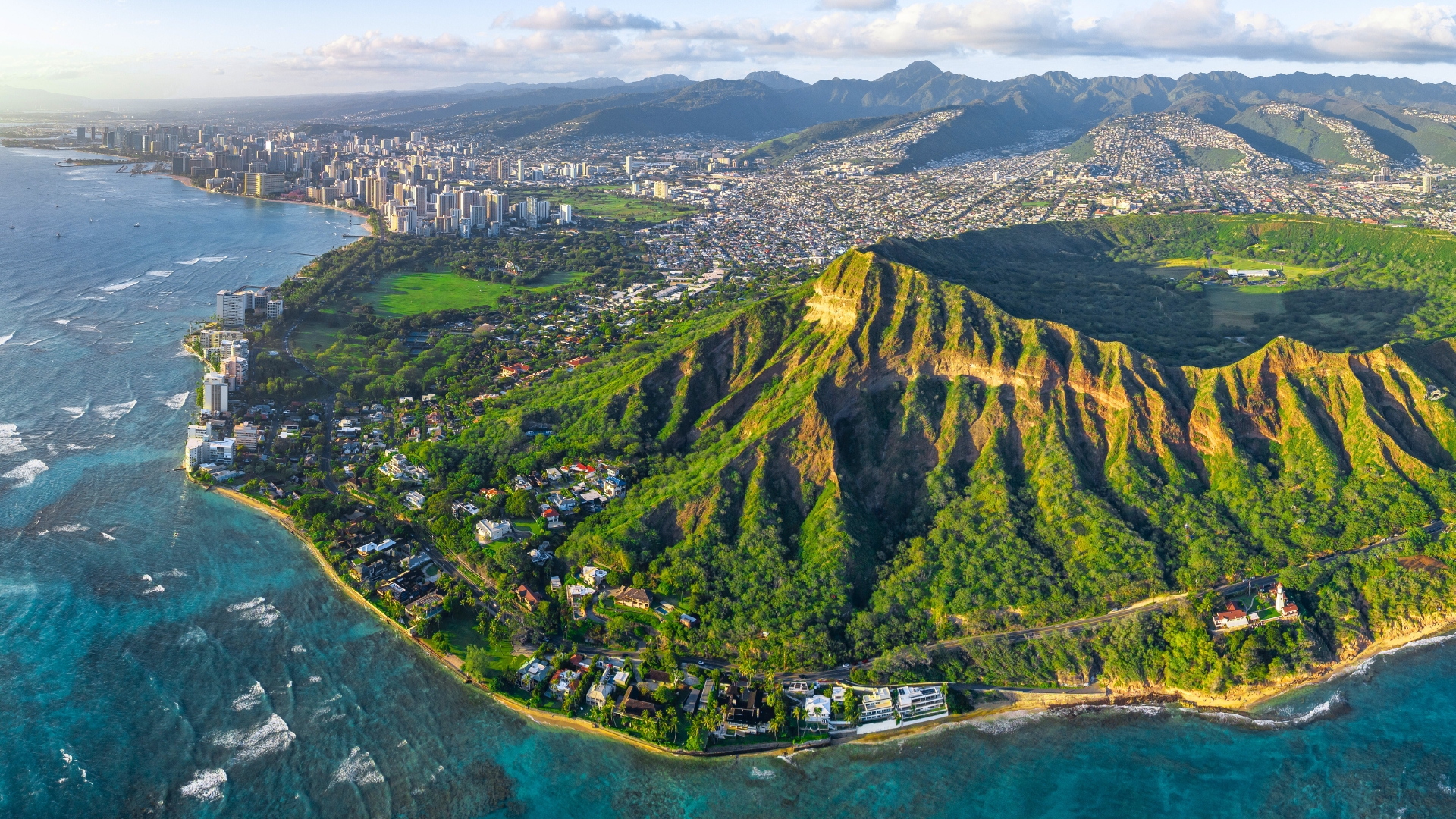
Sights & Landmarks
Exploring the sights and landmarks of Oahu is akin to embarking on a captivating journey through a tapestry rich with history, culture, and natural marvels. Each landmark intricately intertwines its own compelling narrative, from Pearl Harbor’s past to the sheer grandeur of Diamond Head crater and the splendor of Kualoa Ranch’s landscapes.
These iconic locations transcend mere checkmarks on a travel itinerary; they serve as gateways to immersive experiences that unveil the very essence of Hawaii. Whether you’re delving into the historical significance of Iolani Palace, nestled in downtown Honolulu’s vibrant streets, or savoring the panoramic vistas from the Nu‘uanu Pali Lookout, Oahu’s landmarks guarantee thrilling discoveries that are poised to enrich every sojourn.
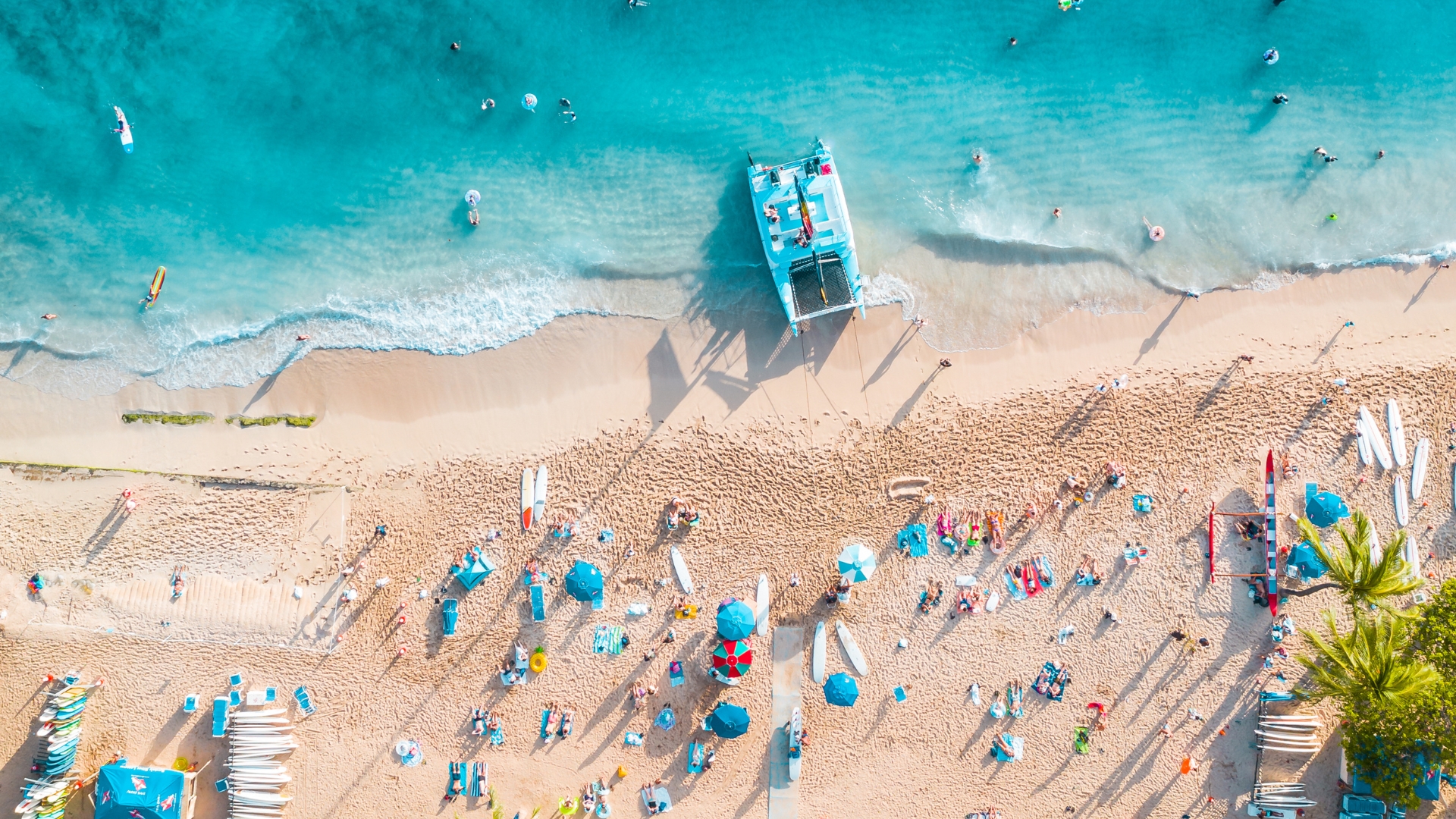
Beaches on Oahu
Oahu offers some of the most beautiful beaches in the world! If you’re searching for a destination where the sun, sand, and sea come together in perfect harmony — look no further. Each beach on the island has its own unique charm and character, ranging from the bustling shores of the renowned Waikiki Beach to serene stretches of powdery white sand at Lanikai Beach.
Whether you’re looking to catch some of the world’s best surf waves on the North Shore where towering swells provide a world-class arena for surfers, explore underwater ecosystems while snorkeling in crystal clear waters, or just kick back and watch the sunset paint the sky, Oahu’s beaches offer endless opportunities for adventure and relaxation. With so many options, finding your perfect beach oasis is only a matter of exploration.
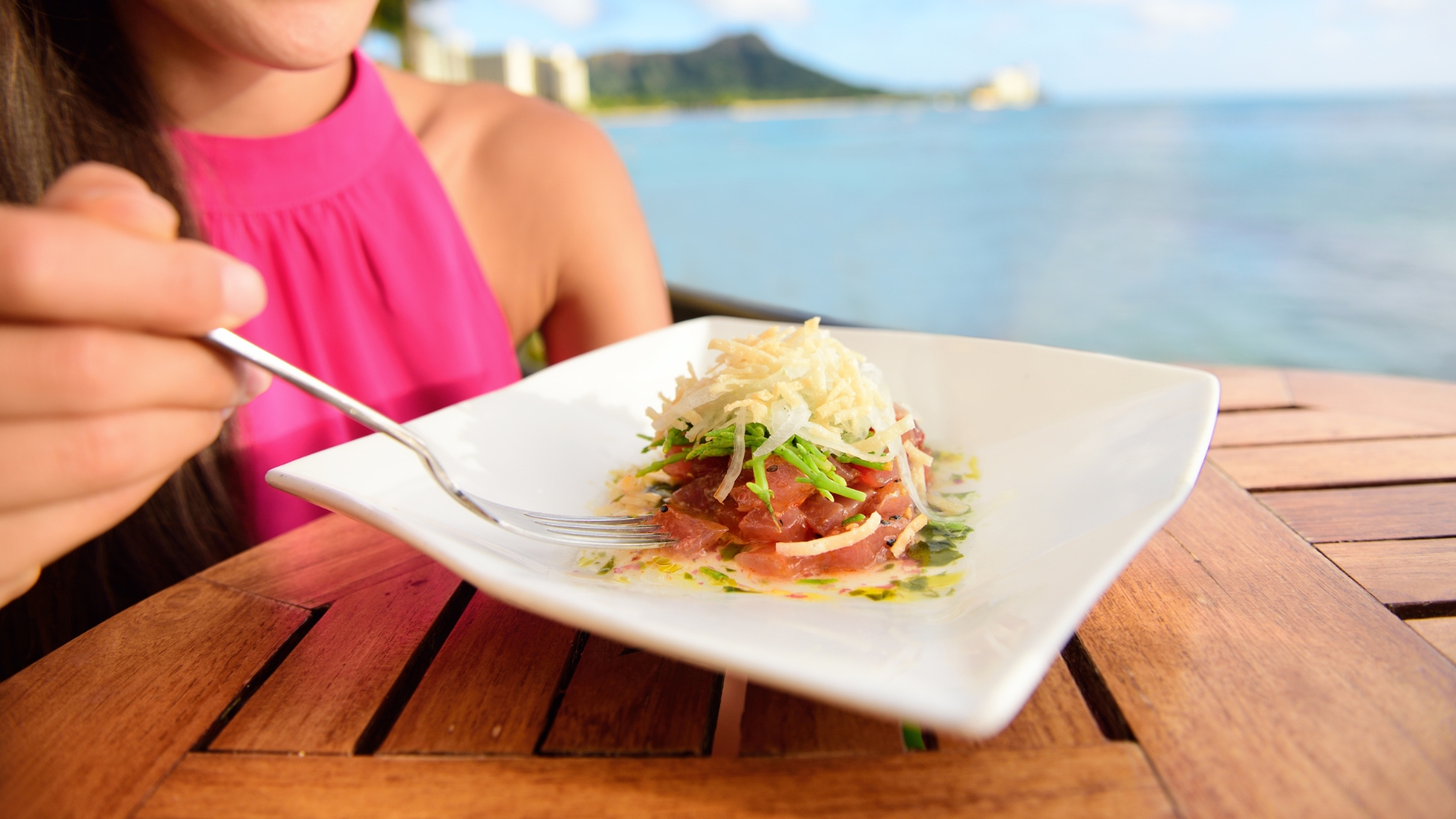
Restaurants: Culinary Delights
Oahu’s culinary scene is a captivating tapestry of flavors, mirroring the diversity and vibrancy of its landscapes. Immerse yourself in an unparalleled gastronomic journey that celebrates the island’s rich cultural heritage through traditional Hawaiian dishes and a melting pot of international flavors.
The cuisines available on Oahu not only reflect its place in the global community but also offer a fusion of tastes that cater to every palate, making dining experiences truly unforgettable. Picture yourself savoring the freshest catch of the day by the sparkling ocean, enjoying lunch from a charming roadside stand, and indulging in upscale dining with panoramic views.
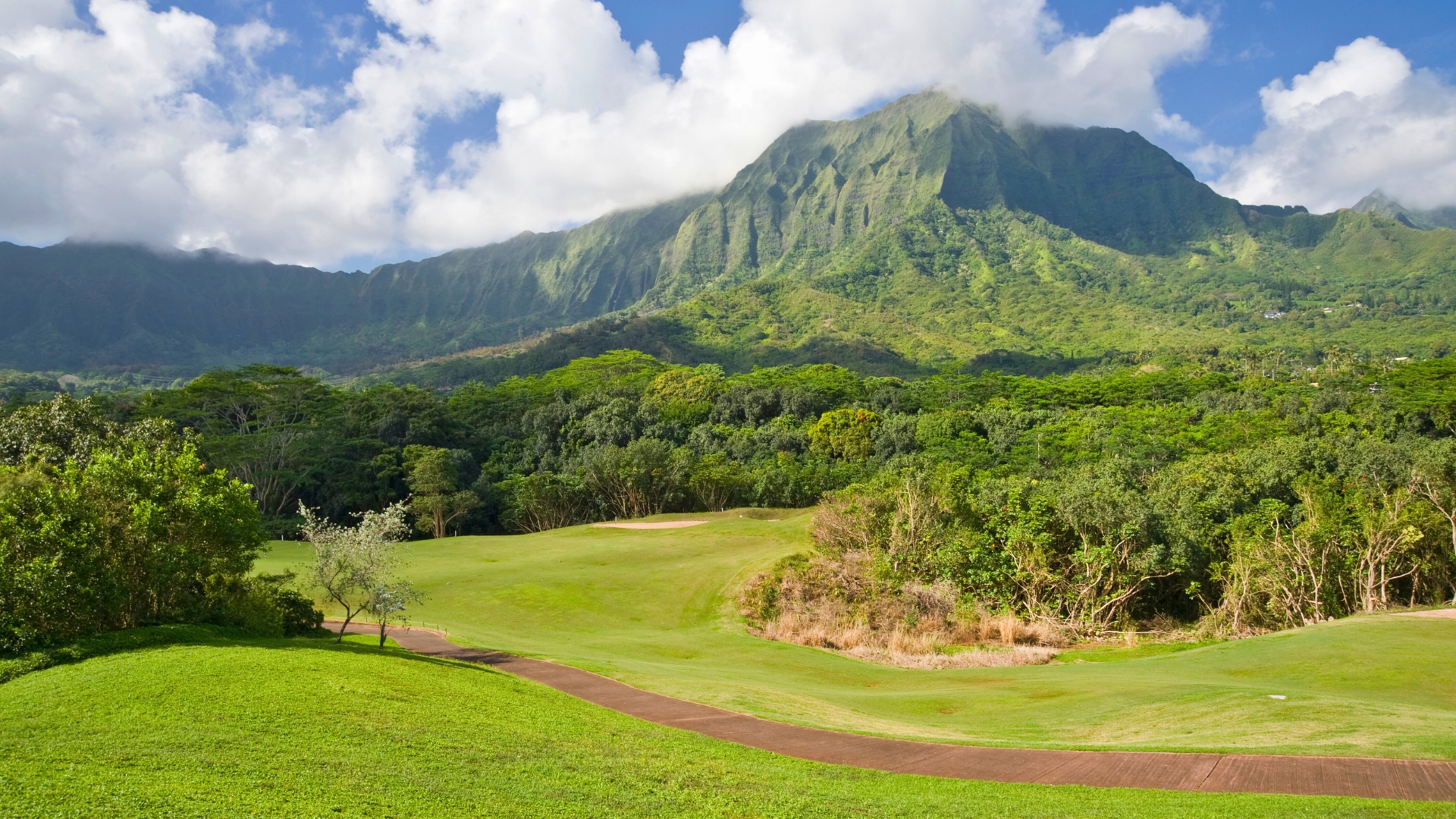
Golfing in Paradise
Oahu is not just a paradise for beach lovers and food enthusiasts; it’s also a dream destination for golfers of all levels! The island’s golf courses are known for their breathtaking scenery, distinctive features, and pristine conditions. What’s even better? The warm tropical climate of Oahu creates the perfect environment for year-round golfing.
Both seasoned players looking for a challenge and casual golfers seeking a leisurely round in a picturesque setting will appreciate the meticulously designed courses that blend seamlessly with the natural beauty of the island. Discover the Oahu’s top golf courses, each offering unique layouts and unforgettable sights:
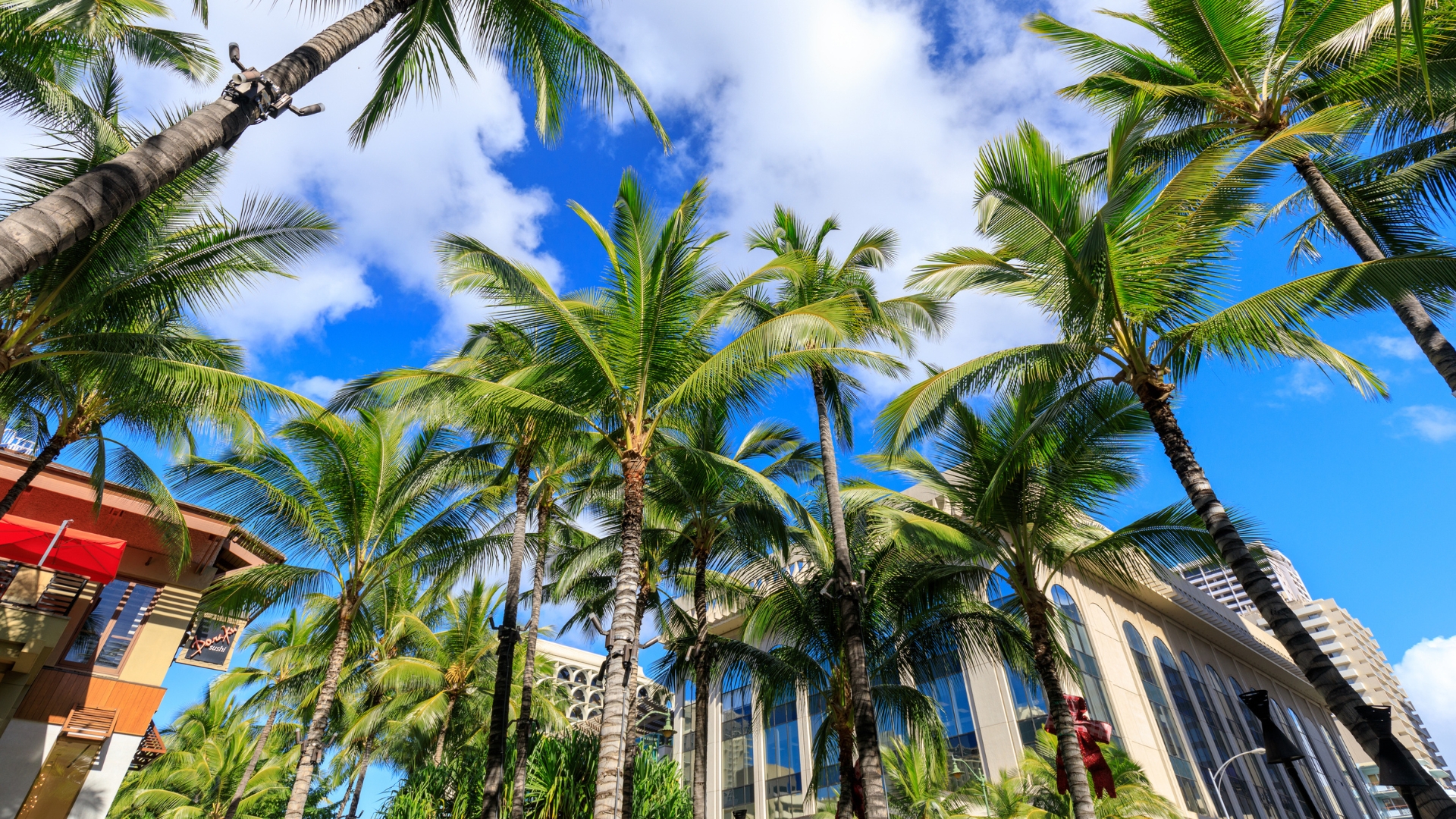
Shopping: Retail Therapy
Shopping in Oahu is truly an exciting adventure waiting to be explored! The island offers a delightful mix of high-end luxury boutiques, charming local markets, and everything in between.
Whether you’re on the hunt for the latest fashion trends, exquisite Hawaiian crafts, or unique flavors to savor at home, Oahu’s diverse shopping scene has something for everyone. Dive into the island’s vibrant shopping centers, cozy boutiques, and open-air markets where you’ll discover a treasure trove of trinkets, items, and gifts that capture the essence of Aloha.
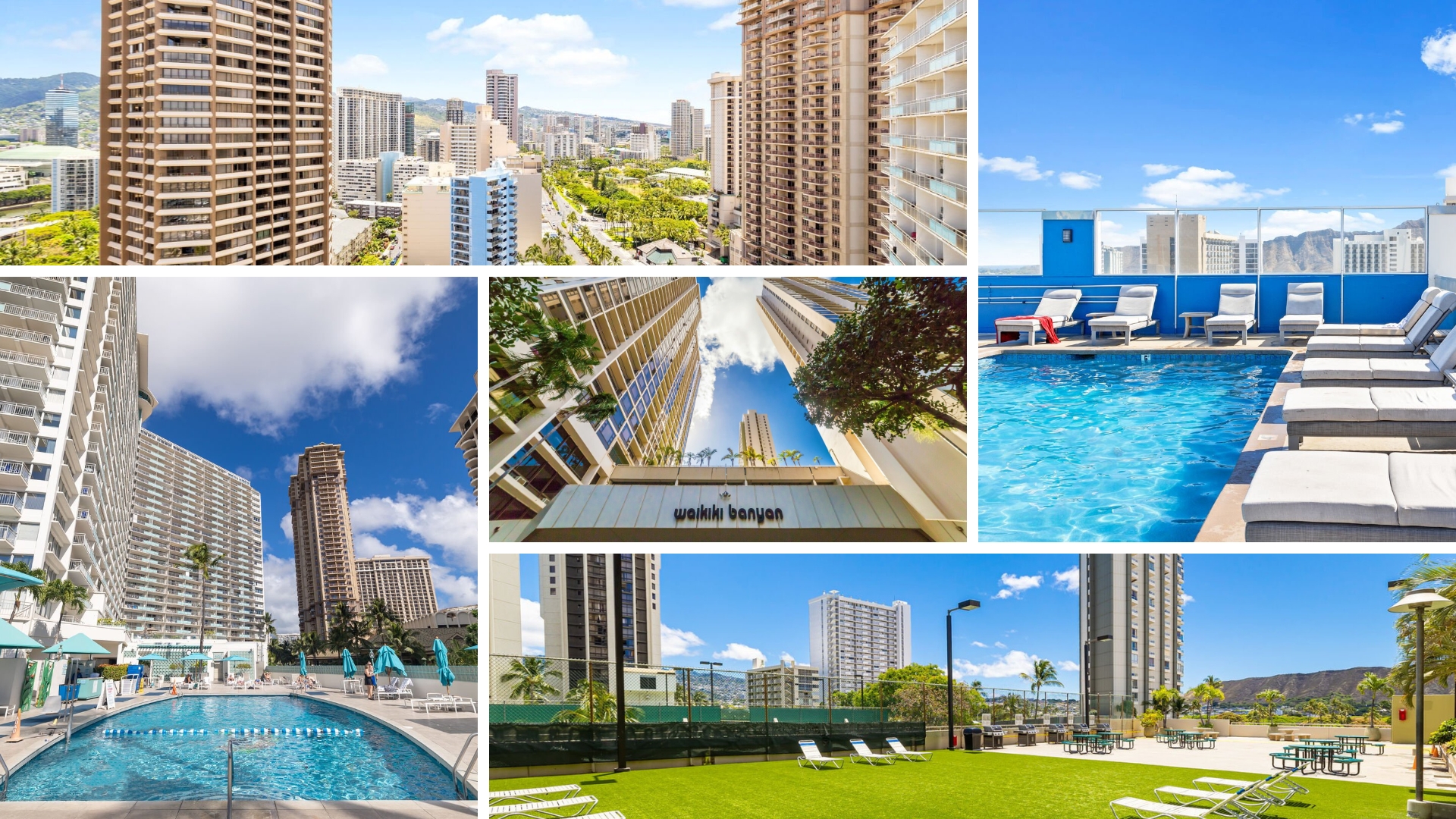
Where to Stay: Vacation Rentals
In the heart of Oahu’s vibrant landscape, vacation rentals offer a charming and personalized way to truly immerse yourself in the essence of the island, allowing you to embrace the local lifestyle.
These accommodations not only ensure privacy and comfort but also grant a unique chance to deeply connect with the island’s rich culture and traditions. Whether you prefer an ocean or mountain view, each rental serves as your exclusive pass to explore Oahu’s breathtaking natural landscapes, intriguing heritage, and the genuine warmth of its people.
Recent Oahu Travel Articles from Our Blog
Makapuu Lighthouse Trail: Easy Oahu Hike with Views
Discover 5 Enchanting Botanical Gardens on Oahu
Oahu captivates visitors with its stunning beaches, rich cultural heritage, and diverse botanical gems! Among its countless attractions, the...
Waikiki Fireworks: Your Ultimate Guide
Waikiki Beach on Oahu is synonymous with paradise — a place of golden sands, turquoise waters, and energy that vibrates with waves of laughter,...
Oahu Weather: Understanding the Climate
Oahu’s climate is predominantly tropical, with average high temperatures ranging between 78°F and 85°F throughout the year. The island enjoys gentle trade winds that provide welcome relief from the sun’s warmth, making any season the right season to visit.
However, Oahu does experience two primary seasons: the hotter dry season (kau) from May to October and the cooler wet season (hooilo) from November to April. The wet season brings occasional rain, especially in the mountain areas, which can lead to lush, vibrant landscapes. Travelers visiting during this time should also be mindful of the North Shore’s high surf warnings, as the winter months bring larger swells.
Ultimately, the best time to visit Oahu is when your heart calls you. For some, it’s the thrill of new adventures during the bustling summer months, and for others, it’s the solace of quiet serenity during the winter rains.
Current Weather & 7 Day Forecast
Oahu Insider Travel Tips for the Explorer
No Oahu travel guide would be complete without insider tips! When you’re gearing up to experience the enchanting island of Oahu, every bit of insider knowledge can turn a great vacation into the adventure of a lifetime. For a start, immerse yourself in the local culture by learning a few Hawaiian phrases. A simple Aloha (hello) or Mahalo (thank you) can turn a fleeting interaction into a warm, memorable exchange.
Practicality meets paradise when you pack for the island’s diversity. Bring layers that transition from beachwear to a light rain jacket — Oahu’s microclimates mean you might bask in the sun on one coast and marvel at a rain-drenched jungle on another, all in the same day. And don’t forget, reef-safe sunscreen isn’t just a recommendation; it’s a declaration of respect for Hawaii’s vibrant marine life.
To truly tap into Oahu’s heart, venture beyond the well-trodden paths. Early mornings at the beach offer solitude with the sea, and local markets are a treasure trove of culinary delights and crafts. Relying on public transportation or renting a bike not only gives you a genuine taste of island life but also helps keep the paradise pristine.
For travelers looking to delve deep into the wonders of Oahu, we highly suggest opting for a car rental. By doing so, you unlock the flexibility to leisurely explore the island’s myriad attractions at your own pace, ensuring you don’t miss out on any of its hidden gems.
Lastly, remember that Oahu’s magic lies in its balance of nature and nurture. Leave no trace behind, except your footprints in the sand, and take with you memories saturated in the vivid hues of sunset skies, the melodious sounds of traditional Hawaiian music, and the kindred spirit of aloha that ties it all together. On Oahu, every traveler has the opportunity to not just witness beauty, but to actively participate in preserving it for the generations to come.


